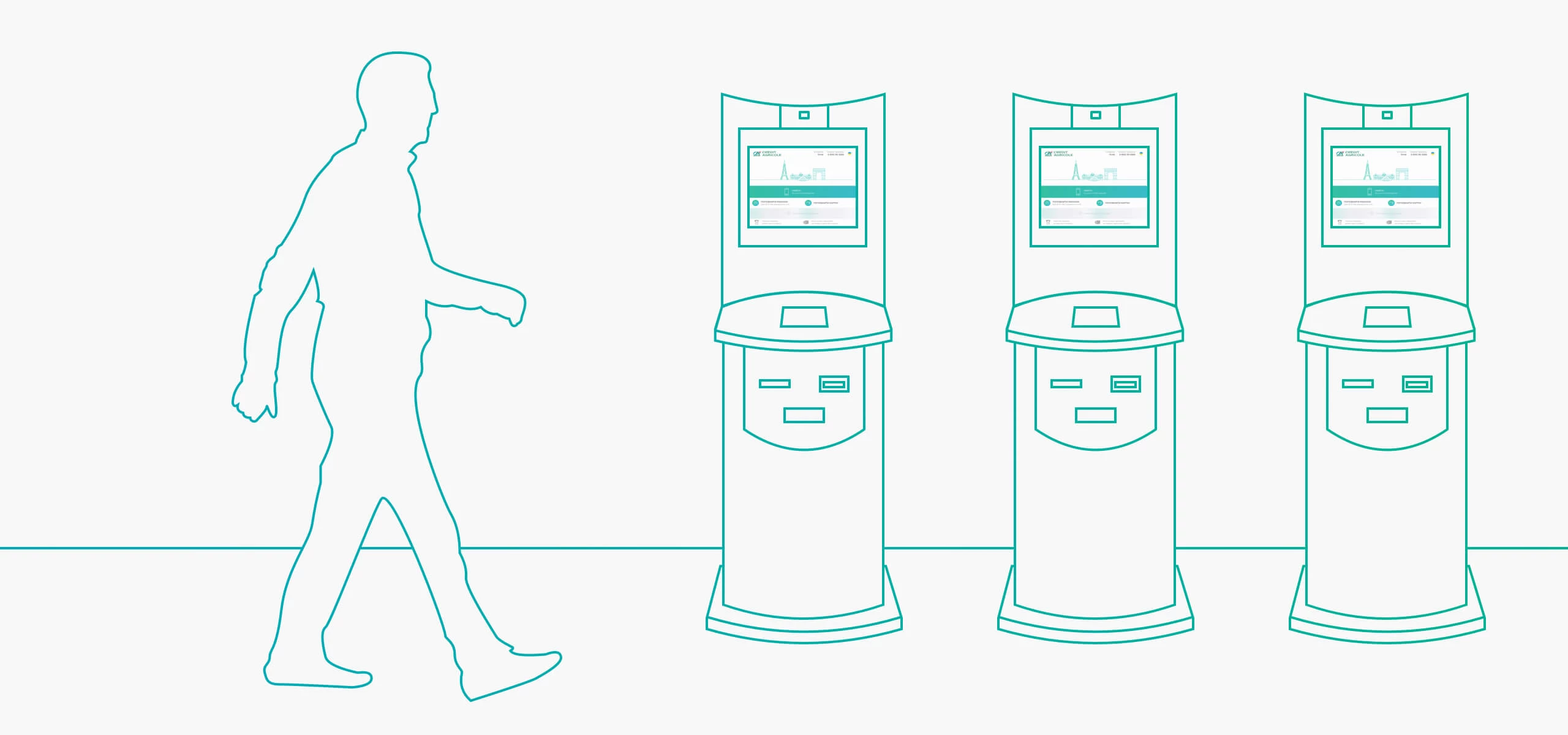How is Open Banking Influence the Lending Industry?

Open Banking facilitates the secure sharing of financial data with third-party entities through API technology. By consenting to share their financial information with multiple providers of financial services, customers gain access to personalized services. This technological advancement relies on banks developing APIs following PSD2 standards and third-party providers obtaining customer consent for connectivity.
In essence, Open Banking empowers companies that provide financial services to broaden their offerings and product diversity. Customers retain complete control over their data usage and have the flexibility to disconnect from the service whenever they wish.
Open Banking has ushered in a new era of increased competition, enhanced customer experiences, and more cost-effective, personalized financial products by allowing customers to securely share their financial data with third-party providers, including banks and lenders.
With access to financial data in both raw and categorized formats, lenders can now analyze information beyond static bank statements. Certain data elements are even pre-populated into fact finds and affordability models, streamlining data fulfillment and the underwriting process.
Despite these benefits, some lenders have been slow to fully embrace the technology, and there are concerns among consumers about sharing personal data. However, Open Banking was designed to empower customers with greater control and choices over their finances. To dispel misconceptions and reassure consumers, there is a pressing need for increased awareness and education about the advantages of Open Banking.
In the UK, Open Banking already boasts over five million active users and adoption rates are accelerating. A noteworthy finding from an Equifax report conducted by a high street lender reveals that when given the option to share bank statements via document upload or through Open Banking, 75% of users chose the latter, with an impressive 95% successfully completing the consent journey. This data underlines the growing acceptance and preference for Open Banking as a secure and efficient method for sharing financial information.
Advantages of Open Banking in Lending
Open Banking enhances lending processes in several ways:
- Instant affordability checks: By securely accessing real-time data directly from a person's bank account, lenders can instantly verify their income. This enables faster onboarding with a comprehensive view of the borrower's financial situation.
- Reduce loan delinquency: Lenders can empower borrowers to improve their repayment capacity through engaging tools that help them set and track budgets. This reduces the risk of missed payments and enhances overall loan management.
- Power credit and risk models: Clean and standardized transaction data obtained through Open Banking enhances the assessment process. Lenders can make more informed decisions by leveraging this data to improve their credit and risk models.
- Simplify settlements: Integrate a secure and user-friendly account-to-account payment solution within your application to facilitate seamless loan settlements.
- Optimize the entire loan process: Replace manual procedures based on paper applications with smooth digital offerings. This help customers have a more efficient and convenient lending experience.
Ivanna
Client Manager
The New Consumer Lending Process with Open Banking
Open banking revolutionizes the lending journey for customers, bringing about a host of benefits and transforming each stage of the process.
Stage 1: Tailored and Personalized Loans
Gone are the days of one-size-fits-all lending approaches. With open banking, customers now enjoy tailored and personalized loan options that match their unique financial circumstances. By accessing aggregated data through open banking, lenders gain insights into customer behavior and needs, enabling them to offer personalized solutions. This customer-centric approach empowers individuals to select the lending product that best suits their needs from a wide range of options provided by different providers.
Stage 2: Hassle-Free Application Experience
Open banking streamlines the loan application process, providing customers with a hassle-free experience. By granting consent to open banking, customers can instantly make their personal and financial information, including employment details, identification, proof of income, and bank statements, available to lenders. With all relevant data aggregated in one place, loan processing becomes quick and efficient, eliminating the need for manual paperwork submissions and leading to faster approvals. Moreover, open banking enables non-banking lenders to access this data, offering customers even more choices.
Stage 3: Improved Credit-Worthiness Assessment and Transparency
Open banking simplifies the assessment of the 5 Cs of credit (character, capacity, capital, collateral, and conditions) by providing lenders with real-time aggregated financial data. This enhances the accuracy of lending decisions, resulting in lower interest rates, improved credit scores, and increased financial flexibility for borrowers. Furthermore, open banking ensures transparency in the process, as customers are aware of the data lenders will use to evaluate their creditworthiness.
Stage 4: Final Decision - Seamless Borrowing Journey
With an abundance of data and insights at their disposal, lenders using open banking can provide customers with swift and precise lending decisions. The borrowing journey becomes seamless, transparent, faster, and automated. This not only benefits customers but also enables lenders to reduce data processing costs and resources, enhance loan processing and approval times, and stand out with personalized lending products that attract customers.
The State of Open Banking in the USA
Open banking is still in its nascent stages in the U.S., but consumers may already be benefiting from open banking services without being fully aware of it. Popular financial apps, including Robinhood and Chime®, rely on open banking software to offer their services.
Additionally, some of the most popular financial apps like Mint and Personal Capital utilize open banking data to empower consumers to effectively manage their finances in one centralized place. For instance, Mint aggregates banking data to track spending and provide personalized budgeting advice. The existence and effectiveness of such platforms are largely thanks to open banking, as they would either not exist or be limited to traditional banks without it.
Despite its potential, the need for a regulatory framework and government initiatives supporting open banking means that U.S. companies interested in adopting this technology often need to chart their own course. Financial institutions eager to embrace open banking can either develop their APIs or explore partnerships with existing banking software providers that offer open banking solutions, such as API portals.
How do lenders use open banking?
While the benefits for customers are evident, Open Banking is also proving to be a game-changer for lenders. Here's how lenders are leveraging Open Banking:
Improved Credit Decisioning
Access to a customer's transaction data through APIs enables lenders to gain a comprehensive understanding of their financial situation, including income, expenses, and creditworthiness. Armed with this information, lenders can make more accurate and informed credit decisions, leading to reduced default rates.
Better Risk Management
Open Banking data allows lenders to continuously monitor the financial health of their customers. This proactive approach helps identify borrowers who may be facing difficulties in making repayments, enabling lenders to offer timely assistance and prevent critical situations. Additionally, it aids in fraud detection and risk mitigation in the lending process.
Personalized Products
Open Banking enables lenders to develop personalized products and services tailored to individual customers' specific needs. By leveraging credit history and financial data, lenders can offer loans with better terms and interest rates, fostering customer loyalty and satisfaction.
Cost Savings
By automating tasks like credit assessments and risk management, Open Banking helps lenders save on operational costs. This increased efficiency translates to cost savings that can be passed on to customers in the form of lower interest rates.
Increased Competition
Open Banking drives healthy competition in the lending industry. As third-party providers access customer data, new players can enter the market with innovative products and services. This diversity benefits customers, as they gain access to more options and competitive rates.
Open Banking empowers lenders to make informed credit decisions, enhance risk management practices, offer personalized solutions, reduce costs, and thrive in a competitive market. As Open Banking gains momentum, we can anticipate further benefits for lenders, customers, and the overall financial landscape.
Our Experience
SDK for a crypto wallet
Stfalcon.com was assigned the task of developing an SDK for Android and iOS mobile platforms, specifically for a crypto wallet, using Kotlin Multiplatform.
The main objective was to integrate business logic and utilize a unified code base across different platforms. To achieve this, Kotlin Multiplatform technology was employed, enabling the utilization of identical business models, processes, queries, internal data processing, and encryption across all targeted platforms.
This approach facilitated seamless consistency and enhanced efficiency in the development of the crypto wallet SDK.
Credit Agricole
Our team was tasked with designing the interface for Credit Agricole payment kiosks.
The primary purpose of these kiosks is to streamline bank office operations by reducing queues and easing the workload on cashiers. Therefore, the kiosk interface must be exceptionally user-friendly, catering to even the most inexperienced users. Simplicity and ease of operation were the key focus areas to ensure a seamless experience for all users.
Bottom Line
Open Banking technology offers lenders a solution to overcome the constraints and shortcomings of traditional credit data, leading to more efficient use of financial behavioral data. By leveraging open banking, lenders can conduct more comprehensive assessments, resulting in higher approval rates and a decrease in default loans. This innovative approach paves the way for a more effective and informed lending process.
If you are considering embarking on your open banking journey, seeking expert guidance is crucial. At Stfalcon, we offer our expertise to help you create an open banking app and provide consultations on the best technologies to ensure your business's success. Our dedicated team will support you throughout the process and ensure a seamless and fruitful open banking implementation. If you are interested, just contact us, complimentary consultation is available.

 Read the full case study
Read the full case study
 Read the full case study
Read the full case study


